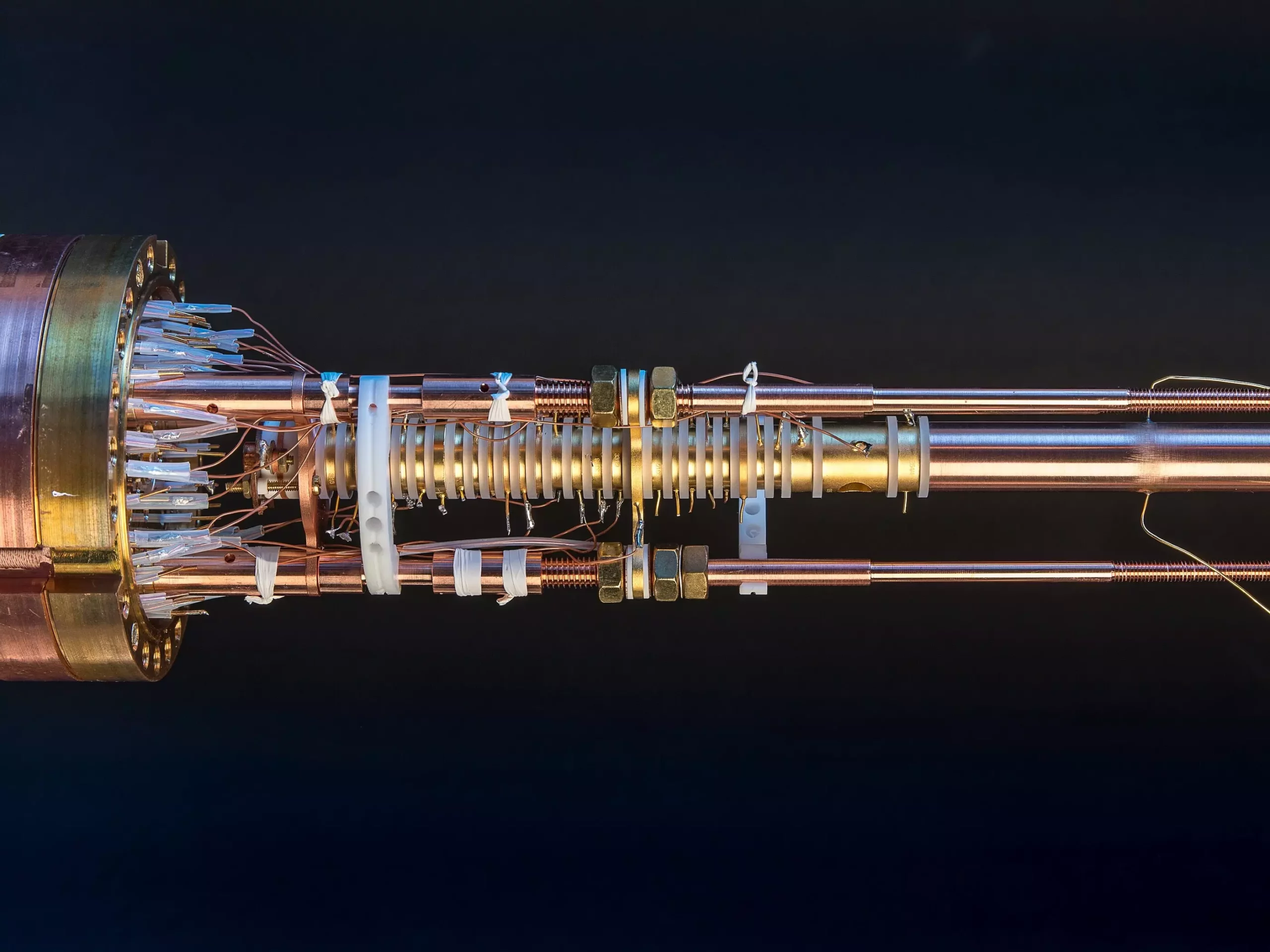Electron shielding is a pivotal concept in atomic physics that profoundly influences how we understand chemical behavior and nuclear properties. The layers of electrons surrounding an atomic nucleus aren’t merely for decoration; they significantly modify how the nucleus interacts with external magnetic fields. This shielding effectively acts as an electromagnetic barrier, preventing straightforward access to the nucleus’s characteristics. Recently, researchers led by Klaus Blaum at the Max Planck Institute for Nuclear Physics in Heidelberg have made groundbreaking strides in measuring the effects of this shielding in beryllium-9 atoms, achieving unprecedented levels of precision. Such advancements are not only critical for fundamental physics but also enhance our applications in fields like nuclear magnetic resonance (NMR), widely utilized in chemistry and precise magnetic field applications.
To grasp the significance of this research, one must first understand the concept of magnetic moments. Every atomic nucleus, like the beryllium-9 being studied, possesses a unique magnetic moment, which is intrinsic to its nuclear structure. When subjected to a magnetic field, these moments behave similarly to tiny magnets, aligning with the field. In NMR, this property allows scientists to glean detailed information about the chemical environment of the nuclei in question, akin to how magnetic resonance imaging captures intricate details of human anatomy.
Historically, the challenges of calculating magnetic moments stem from the complexity of nuclear interactions. With multiple particles—including protons and neutrons—engaged in intricate movements, deriving precise measurements becomes a monumental task. Traditional theoretical approaches can only approximate the magnetic moments of atomic nuclei with a significant degree of uncertainty, complicating their application in advanced technologies, including NMR.
In their recent study, Klaus Blaum’s team employed an ingenious technique using Penning traps, a sophisticated tool that combines electric and magnetic fields to confine charged particles. This allows for high-precision measurements of magnetic properties associated with atomic nuclei. Specifically, the focus was on beryllium-9, chosen for its relatively uncomplicated structure. The small atomic nucleus of beryllium minimizes the complexities that larger nuclei present, thereby allowing for more straightforward calculations and measurements.
An intriguing aspect of the study was the team’s decision to manipulate the electron configuration of the beryllium-9 atom. By removing three of its electrons, they rendered the atom effectively “hydrogen-like,” with a single remaining electron. This configuration made it possible to ascertain the nuclear magnetic moment with exceptional accuracy, utilizing the electron as a means to “antenna-ize” the nucleus’s weak magnetic signal.
One of the noteworthy outcomes of this research was the determination of the shielding effect caused by electrons—a particularly elusive concept in quantum mechanics. Shielding influences how magnetic moments are measured, and identifying its impact sheds light on other atomic systems, particularly helium-3, which has applications in NMR. By analyzing how the shielding effect manifests in beryllium-9, the researchers provided valuable insights into helium-3’s magnetic properties without direct measurement.
Remarkably, this study achieved the second-highest precision measurement of nuclear magnetic moments, only surpassed by measurements related to protons. The capability to achieve precise measurements in such low-magnetic environments dramatically enhances scientific accuracy in NMR applications. This progress underlines a crucial intersection between theoretical predictions and empirical data collection.
The implications of this research extend far beyond mere academic curiosity. With more precise measurements and an improved understanding of electron shielding, applications in scientific and practical fields stand to benefit significantly. Enhanced accuracy in NMR not only aids chemists in analyzing molecular structures but also opens new avenues for innovative technologies in magnetic field measurement.
As the scientific community grows more interested in the intricacies of quantum details influencing both fundamental physics and applied sciences, the work conducted in Heidelberg may lay foundational stones for future advancements. Delving deeper into the shielding effects and other variances might reveal critical insights about both atomic interactions and their extensive applications across various fields, from materials science to medical technologies. The journey of understanding electron shielding is far from over, but each research milestone takes us closer to uncovering the rich tapestry of atomic behavior and its broader implications for technology and fundamental science.

